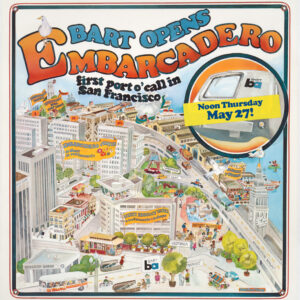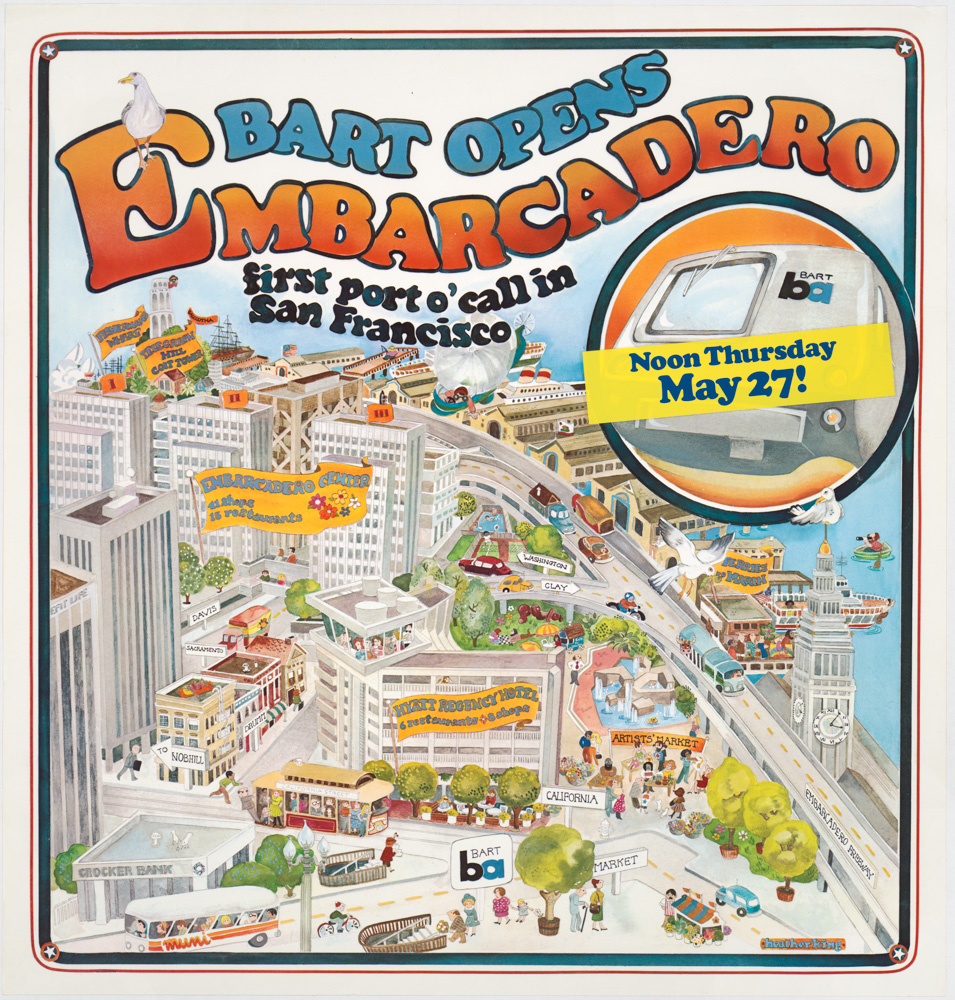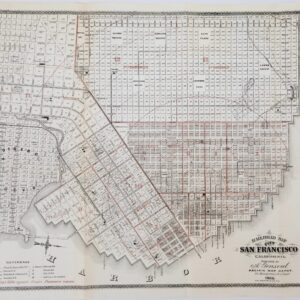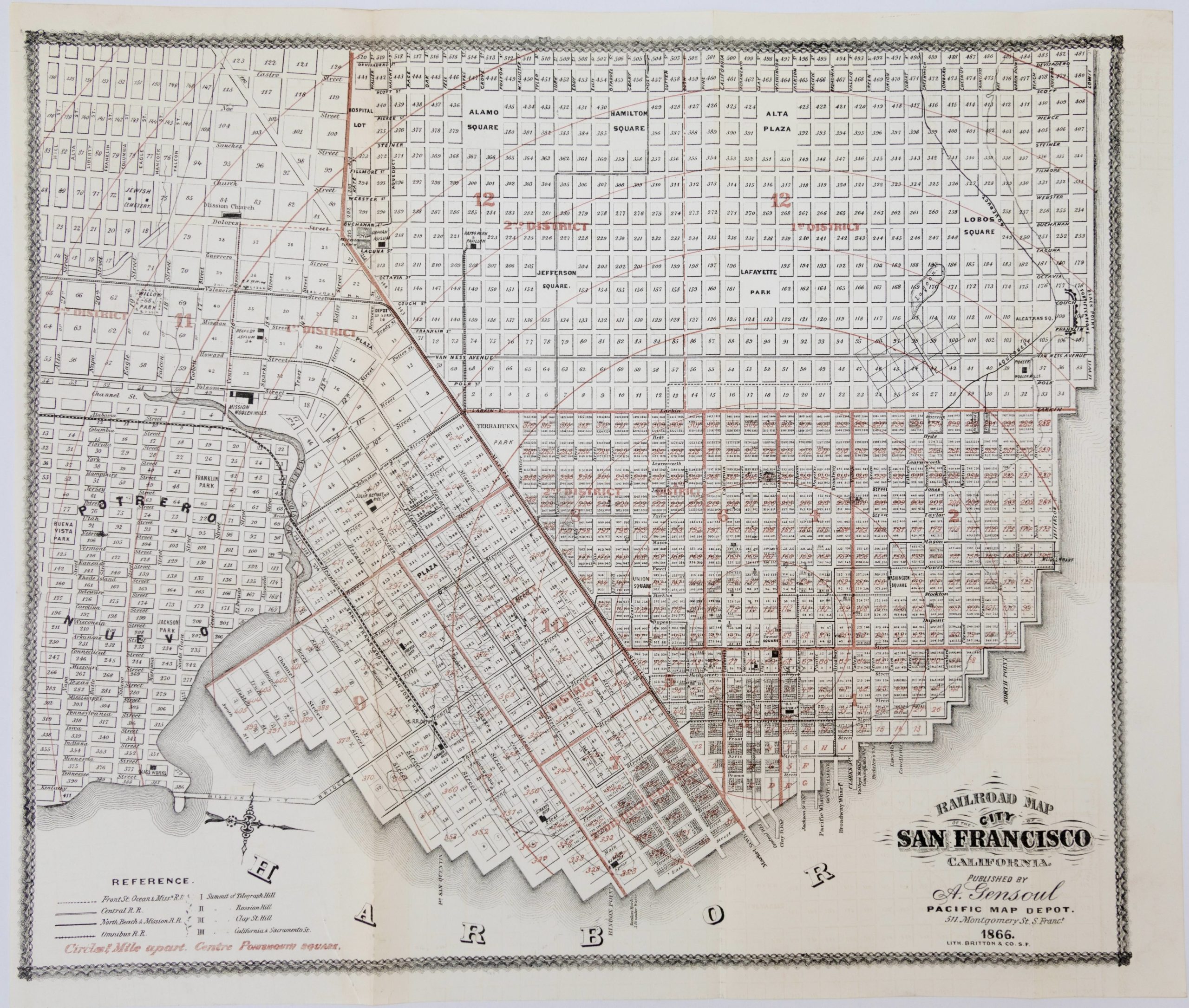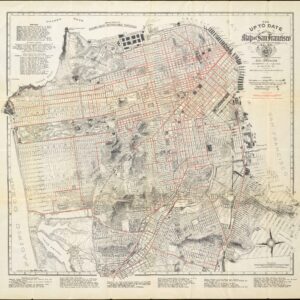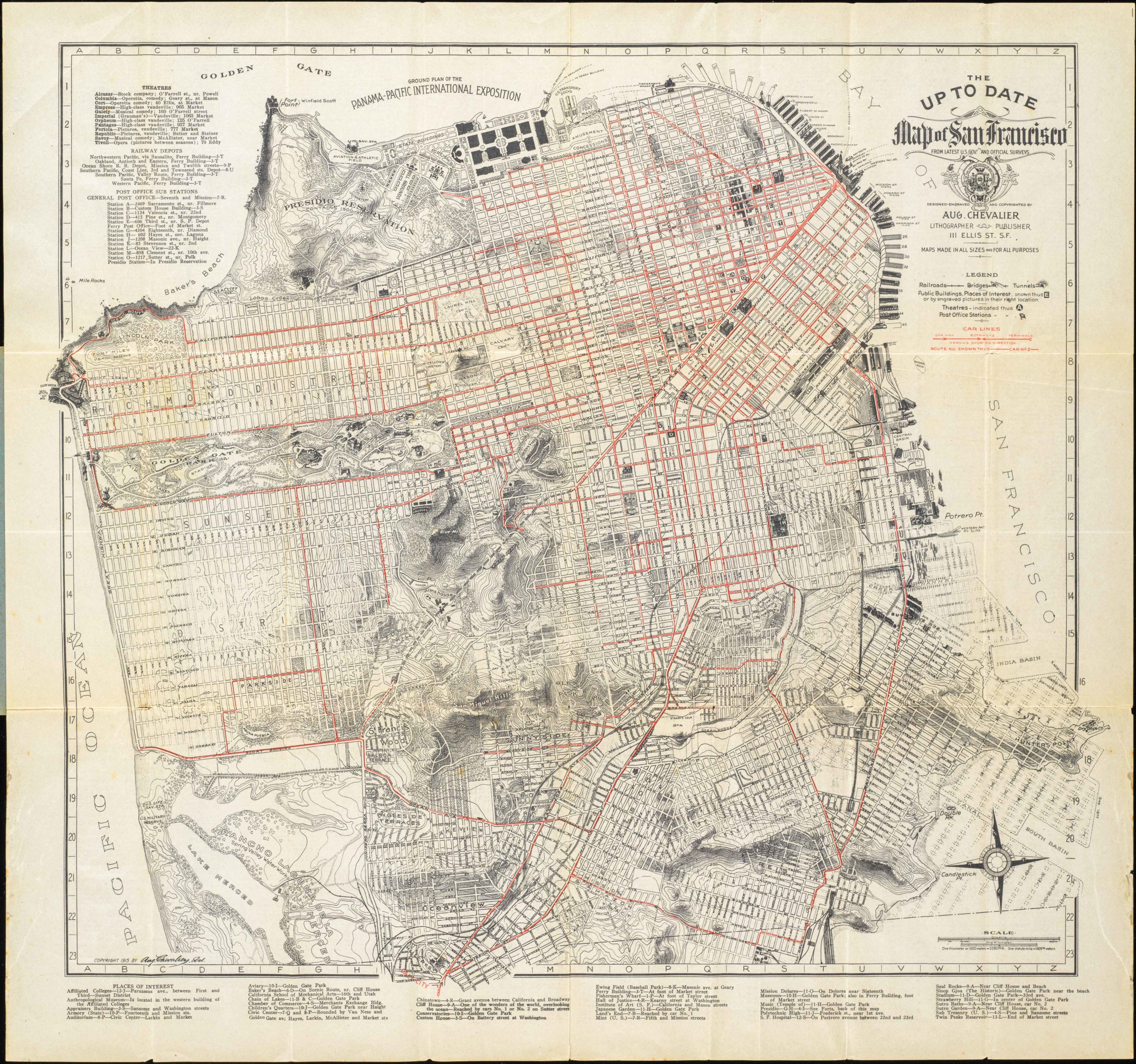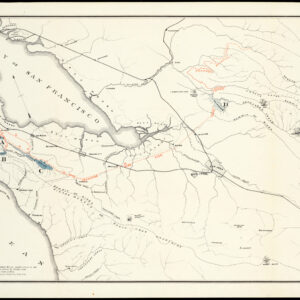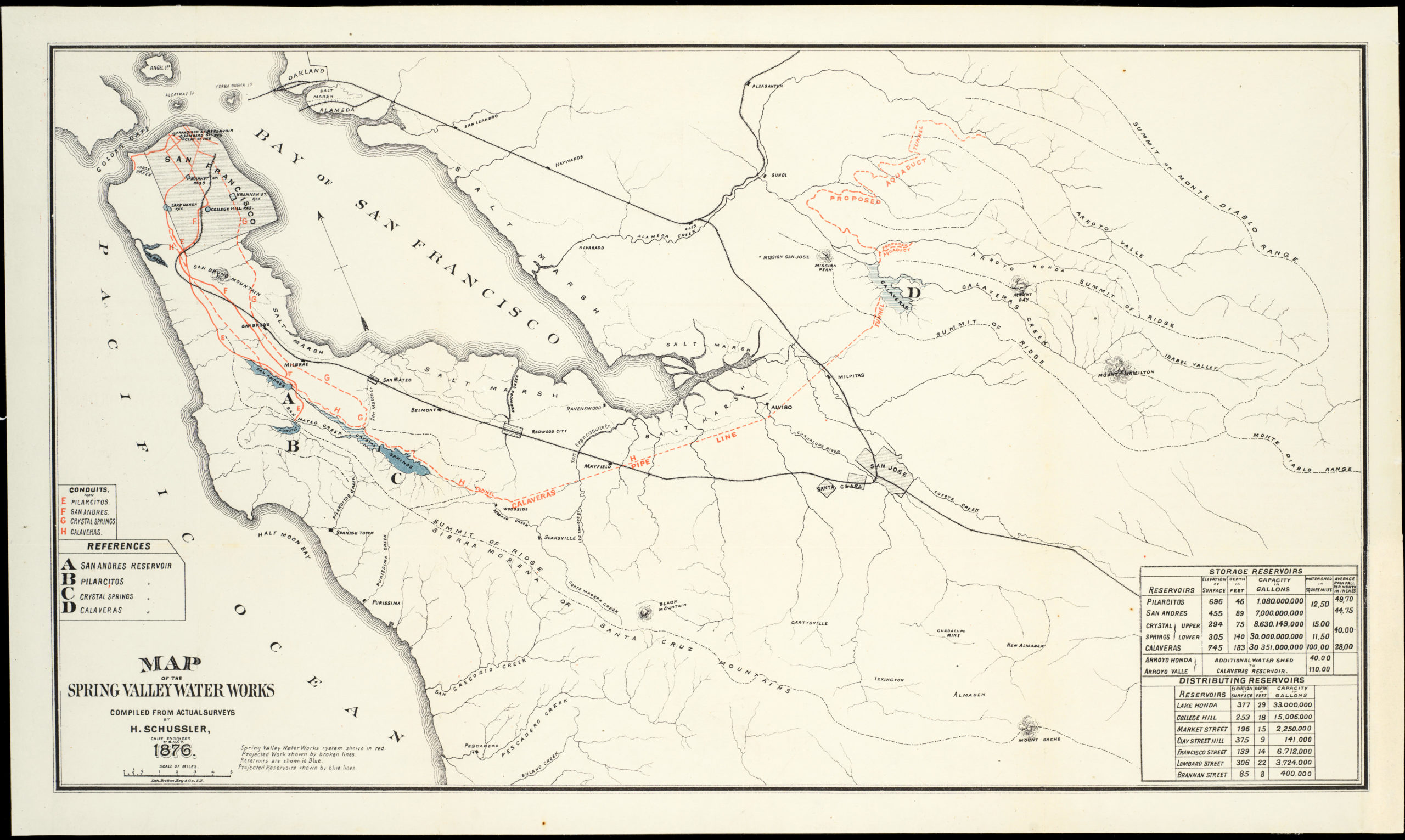Henry Firks’ iconic birds-eye-view of San Francisco at the height of the Gold Rush.
San Francisco 1849, Drawn on the Spot by Henry Firks
Out of stock
Description
Henry Firks’ stunning tint stone lithograph of San Francisco as it appeared in 1849 has become one of the most iconic views of Gold Rush San Francisco available to collectors. Indeed, in his seminal book on American prints and printmakers, Harry T. Peters refers to Firks’ view as among ‘the best-known early San Francisco views‘ (1935: 120-21).
The view was drawn from personal observation and portrays San Francisco as it appeared just as news of gold at Sutter’s Mill had begun spreading, creating a subsequent boom in population. With the explosive rise in the number of inhabitants, the face of San Francisco changed rapidly during those years. Visitors to the city in 1849 would hardly have recognized it two to three years later, as it had undergone massive development due to the dramatic increase in wealth and population. It was partly due to the nostalgia that often follows in the wake of rapid growth that Firks’ view continued to appeal to buyers long after its initial publication in 1849. Its romantic retrospective made the view so popular that it was published in no less than eight states, the last of which was issued in 1886.
Firks’ panorama provides a full vista of the town as it appeared in 1849, stretching from the Golden Gate (44) on the left to Yerba Buena Island (62) on the right. Viewers are given a full view of the budding township between these two important landmarks. Fiks identifies many of the town’s prominent buildings and features by numbering linked to a legend below the image. The list was gradually expanded with each ensuing state until it was removed altogether in the seventh, only to be reintroduced in an even more expanded version in this, the eighth state.
At the forefront of the image, we find the waterfront storehouses of some early trading companies, such as the French F. Vassualt & Co.; S.H. Williams & Co.; and Starkey, Janion & Co. Lying immediately behind these, we see the intersection of two of Gold-Rush San Francisco’s main thoroughfares: California Street and Montgomery Street. While the waterfront landscape and this central built-up area have been subject to monumental changes since this view was composed, this particular intersection still exists today. In the distance, beyond Russian Hill, we note the Star-spangled Banner waving above the U.S. Customs House (43) and the diminutive presence of the long-gone City Hotel (52). The military installations at the Presidio remain hidden from this vantage point.
Firks’ view captures the city before much of the massive development and growth brought on by the Gold Rush, which began the same year that this view was first issued. Even so, the view delineates a range of critical urban features, many of which have become places embedded with historical significance. When the Gold Rush hit, most of the town had only recently been laid out and built up, but San Francisco soon began to take on the semblance of an international trade hub, as is clearly evident from this print. The Bay is full of ships waiting to load or unload their goods. The Gold Rush attracted an array of prospectors and other soldiers of fortune, but the real boom in trade came in their wake. It was supplying the new San Franciscans with the tools, materials, and supplies they needed that created the first real fortunes.
Darting back and forth to the larger ships, we find smaller skiffs and other coastal vessels that were used to load and unload. This process was a difficult one driven by sheer necessity; most of the east side of the peninsula was unapproachable due to the shallow sand flats there. These flats would soon be built over to form the city’s new commercial waterfront, which in addition to creating valuable new land, made the city even more accessible for larger ships and passenger-bearing ocean liners. The problematic access shown in this view reveals just what a primordial state San Francisco was in at this stage. From this point onwards, she would rapidly develop into America’s most important financial and mercantile center on the West Coast.
The ships in the Bay provide some clue as to the early stage of the city’s development as a commercial hub, as they consist almost entirely of sailing vessels. On the left side of the Bay, we see the American steamer Oregon, but it is evident that the main propellant at the time remained the wind. The first steamship had crossed the Atlantic in 1818, but it was not until the middle of the century that steam-driven Ocean Liners carrying passengers and cargo began plowing the high seas. Just like New York, San Francisco would become one of America’s iconic destinations for immigrants and fortune-seekers, but it would still be another decade or so before this new vessel type dominated views of the Bay.
This magnificent view of early San Francisco captures many of the most seductive features of this soon-to-be metropolis on the West Coast. It delineates the newly laid-out town in a way that highlights its favorable location out to a wide, shielded bay. In this sense, Firks includes the natural landscape as a factor in San Francisco’s success. Having quickly achieved iconic status, Firks’ rendition of Gold Rush San Francisco would soon inspire other view makers to emulate his print. Consequently, the Firks original has become increasingly rare on the market.
Census
Within a few years of its original publication in 1849, demand for this lithograph led to the publication of additional states, some of which contained subtle differences that allow the state to be identified. In their comprehensive overview, Historic Lithographs of San Francisco, Baird and Evans (1972) record at least eight distinct issues, and more recently Reps (1984) confirms this chronology. Our example is the popular eighth and last state, which includes no less than 62 localities in the numbered legend and contains all the imprint information missing from the seventh state (no. 344/color plate 13 in Reps 1984; 8h in Baird and Evans 1972).
The imprint information confirms that our example is this view’s eighth and final state. It informs us that it was printed in 1886 by the Schmidt Label & Lithograph Company in San Francisco. Max Burchardt is noted as the publisher who held copyright over this state. Earlier states had been printed by a range of other local publishers, while W.H. Jones was the publisher holding the rights to the editions immediately before this state.
Being an iconic view of an early American success story, Firks’ print is naturally held by a number of major institutions throughout the United States. As regards the eighth and final state presented here (OCLC no. 51163449), institutional examples can be found at The Library of Congress, the Chicago Historical Society, California State Library, the Society of California Pioneers, Stanford University, and the M.H. de Young Memorial Museum (Reps 1984: 255).
Cartographer(s):
Henry Firks was a painter and lithographer known for his images of California and San Francisco during the Gold Rush era of the mid-nineteenth century. His works are held by institutional libraries across America, and in California in particular.
Schmidt Label & Litho. Co.The Schmidt Label & Lithography Company was an American publishing house based in San Francisco and which specialized in the printing of labels (although separate prints also were issued). It was founded in 1873 by a German immigrant, Max Schmidt. Schmidt was one of the first West Coast printers to use the lithographic technique, giving him a distinct advantage over his competitors and cementing his success. By the 1890s, he ran a factory in the city as well as branches in Portland and Seattle. Despite facing severe set backs, including several fires and the complete destruction of his plant in the 1906 earthquake, Schmidt was an extremely resilient and innovative businessman. Within a few years of the 1906 devastation, the Schmidt Company had become one of the largest printing houses on the West Coast.
Condition Description
Various blemishes and discoloration.
References
Baird, Joseph Armstrong & Edwin Clyve Evans
1972 Historic Lithographs of San Francisco. Waterson: San Francisco
Peters, Harry T.
1931 America on Stone: The Other Printmakers to the American People. Doubleday, Doran & Co: Garden City, NY.
1935 California on Stone. Doubleday, Doran & Co: Garden City, NY.
Reps, John W.
1984 Views and Viewmakers of Urban America. Lithographs of Towns and Cities in the United States and Canada, Notes on the Artists and Publishers, and a Union Catalog of their Work, 1825-1925. University of Missouri Press: Columbia MO.
